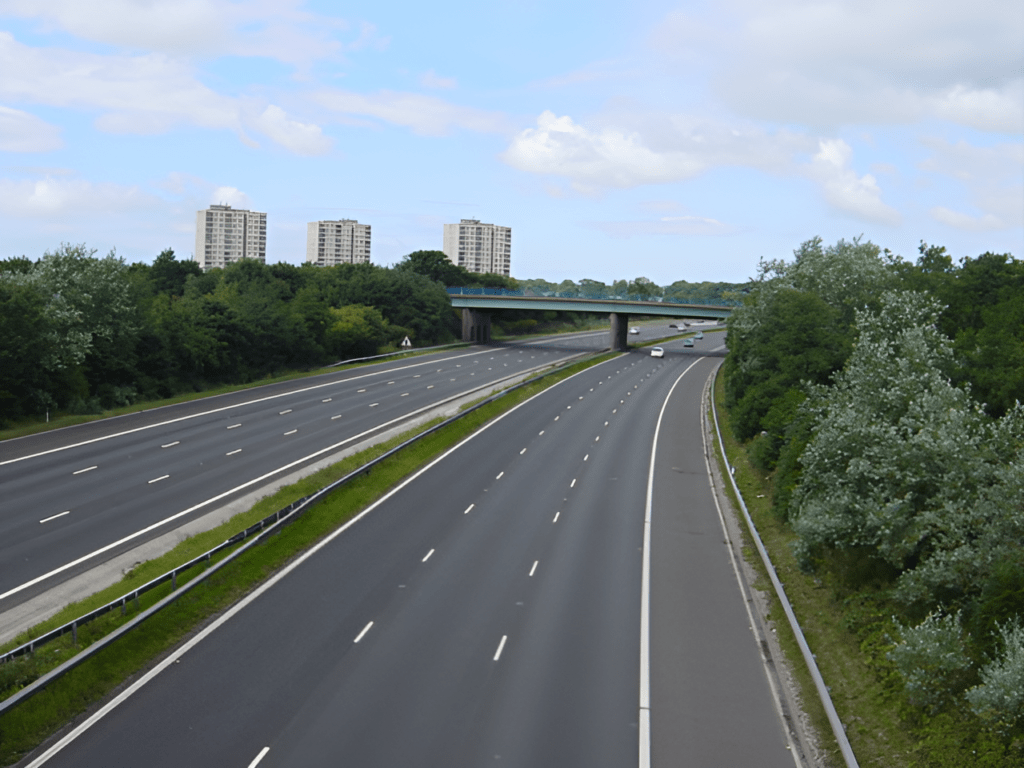The recent placement of additional speed cameras across the M57 motorway. It has also marked a significant stride in an effort to reduce their numbers whilst enhancing general road safety measures. The ideal function of these cameras is to keep speed in control. Minimize the number of accidents and manage traffic flow more gently. So, what are the main details you should know about these speed cameras and why they’re on the M57?
The Speed Cameras Built for Trailers
The M57 speed cameras are a new measure to tackle and reduce the number of speeding violations in order to make driving safer for everyone. The M57 is a major arterial route for local and long-distance drivers alike. Has repeatedly been fingered as one of the worst locations in Britain for speeding. The cameras were installed in a range of measures designed to increase safety along roads. With high accident rates and dense traffic, where speeding is particularly likely to trigger an accident or bottleneck.
Where are New Speed Limits Being Applied?
New speed cameras on the M57 are being concentrated in high-risk areas. Where the motorway limits of 40mph and national speeds of 50mph have already been decided. The strictness of these limits is assured by the cameras that can. In particular cases, even take note of vehicles exceeding the maximum allowed speed. Lane changes and high traffic density put an extra burden on the busy Switch Island interchange. Where some cameras are installed to monitor motorists as well.
Enhanced Safety Measures
Speed monitoring cameras have been in place, and now red-light detection cameras are causing drivers to be caught out at the Switch Island interchange area. With the intent to make sure all drivers follow traffic rules at this busy interchange. These systems focus on both speeding and red-light violations. National Highways says that combining both of these aspects will reduce the potential for accidents on motorways and create a safer driving space.
Night-time operations and Traffic Flow Management.
The work to install these ORT gantrys had been carried out at off-peak times. Generally between 9 p.m. and 5 a.m., evening hours when traffic flow naturally subsides. This method allowed lane closures and decreased traffic flow without disrupting daytime commuters on a large scale. However, be aware of intermittent lane closures due to maintenance work. Efforts are made not to delay motorists for more than a couple of minutes at a time
Expected Benefits
The installation of these speed cameras on M57 and further safety measures should see fewer accidents. Better traffic flow and improved long-term driver safety on the M57. This is part of a major improvement programme across strategic roads and shows our commitment to keeping the drivers using Britain’s motorways moving safely and making better use of their time when in traffic.
What Drivers Should Remember?
- Obey Speed Limits: Cameras will be operational, and fines for speeding offences will be enforced, particularly in the 40 mph and 50mph zones.
- – Watch Out at Interchanges: Red-light cameras have been installed on the Switch Island interchange. Violations can be avoided if drivers are more attentive.
- This includes planning for night-time lane closures, as well: Lane(s) will only be closed on a limited and infrequent basis during nighttime hours so as to minimize the daytime impacts.
Increasing the speed camera network and general safety of the M57 are among the initial advancements to be made as part of plans which will look into reducing road accidents for a safer trek.



